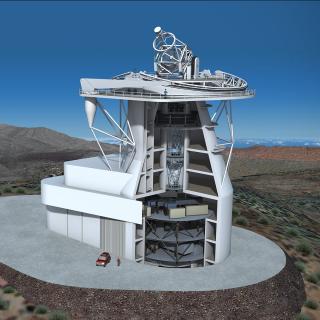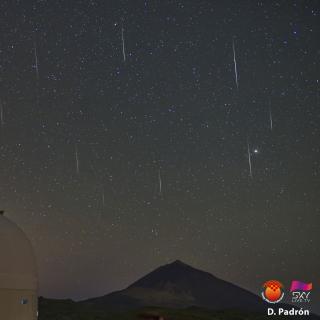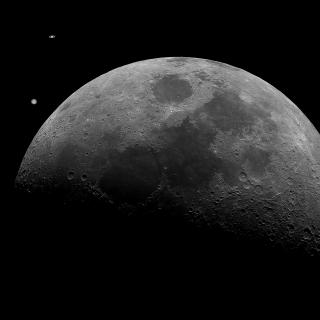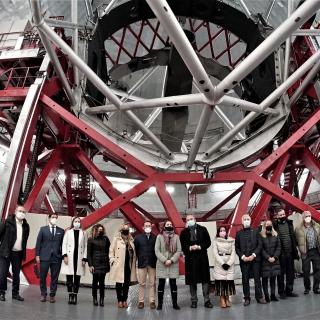
The International Scientific Committee (CCI for its initials in Spanish) of the Canary Observatories has given the go-ahead for the siting of the installation of the European Solar Telescope (EST) at the Roque de Los Muchachos Observatory (Garafía, La Palma). The decision, taken at the first of the biannual meetings of the Committee, held virtually, implies the construction of the largest European infrastructure dedicated to solar observations, and the strengthening of the position of the Canaries as the place with the largest concentration of solar telescopes in the world.
Advertised on




